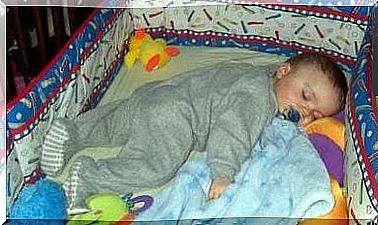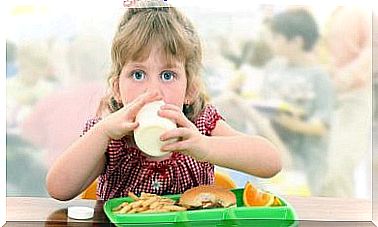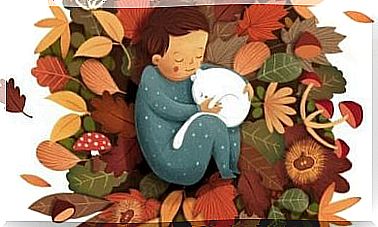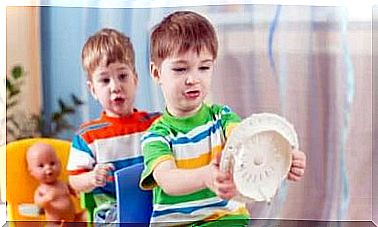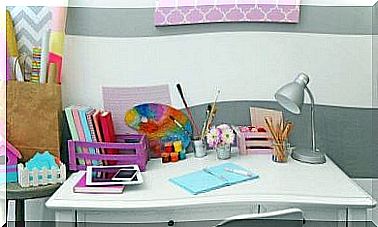Emotional Self-control In Children

We can teach our children about emotional self-control with patience and perseverance. The result of all this hard work is children with a better attitude to adversity, and calm and happy parents as well.
How to deal with outbursts of anger
As children begin to become more independent, signs of rebellion may begin to appear. If these negative signs do not disappear by themselves, we must act. Teaching children to regulate their emotions helps prevent future, more permanent problems with disobedience.
Methods for achieving emotional self-control in children
Neurological maturation in children begins at the age of six. Then they begin to develop cognitive skills for emotional self-control. With good teaching, we can teach them useful strategies for trying to control their destructive impulses and help them channel their emotions.
A volcano about to erupt
When children are about to explode, the “volcanic method” can help them calm down. The idea is to teach them to visualize their interior as a volcano with all its strength and energy. When it breaks out, everything becomes uncontrolled and chaotic; children learn to associate anger or rage with hot lava.
The idea here is that you can stop them before they reach the outbreak. This exercise should be accompanied by deep breathing and asking the child to internally repeat instructions to encourage himself to calm down.
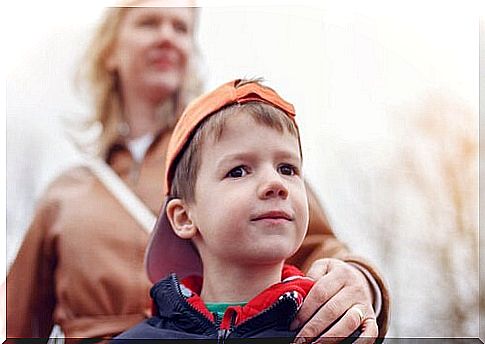
The traffic light
With different color cards, children can be taught to analyze their behavior. The red light (red card) is displayed when the situation is approaching an outbreak. The phases are:
- Red light: stop, calm down, think before you act.
- Yellow light: think of possible solutions or consequences.
- Green light: go ahead and apply the best solution.
Patience, learn to wait
Children need to learn the ability to wait. Patience is important for them to achieve emotional self-control. Self-control increases the chance that you can be patient.
Children can also be taught that by counting to ten, it becomes easier for their anger to disappear. Another option is to get away from what makes them stressed, until they can regain their composure.
Reflection
Teaching children greater emotional self-control also means teaching them to reflect on things. By talking to them, you can help them analyze what they have done, and plan for the next time when they can make a better decision.
This is a strategy that can be applied after a conflict, because in the heat of the moment it has no effect.
Parents: The best example
A child’s best role models are the parents. Seeing how adults react emotionally in different situations can influence children’s behavior for better or worse. It can also help them deal with their frustration.
Adults should respond positively in situations of stress, fatigue and discomfort. They should express their feelings, breathe deeply and wait before reacting.
Parents can also use sports as a good tool to channel their children’s negative emotions.
Let the children learn from their mistakes
No good parent wants to see their children suffer, but it can sometimes be a mistake. There is no way a child can grow up without experiencing frustration for different types and for different reasons.
It is not advisable to pamper your children too much, as it may lead to inability to meet future challenges.

To teach children about emotional self-control, the ideal goal is to encourage them to channel their frustrations. Some phrases can help them do this:
“How about we start with the easiest part?” “How can I help you?” “What part can you do on your own?” Another very effective phrase is: “Now we rest for a while, and try again later!”
A quiet place
Both at home and in the classroom, you can prepare a special place where the child can go when she needs to calm down. There must be books, toys, paper, paintings, a blackboard or something else there to help her calm down.
Anti-stress balls
Anti-stress balls work for adults, but also for children, and especially if they make them themselves. All you need is a thick balloon filled with bird seed or rice. The only requirement is that they must fit in the child’s hand.
We hope our tips will be helpful in helping your children control their emotions and channel their frustrations.

